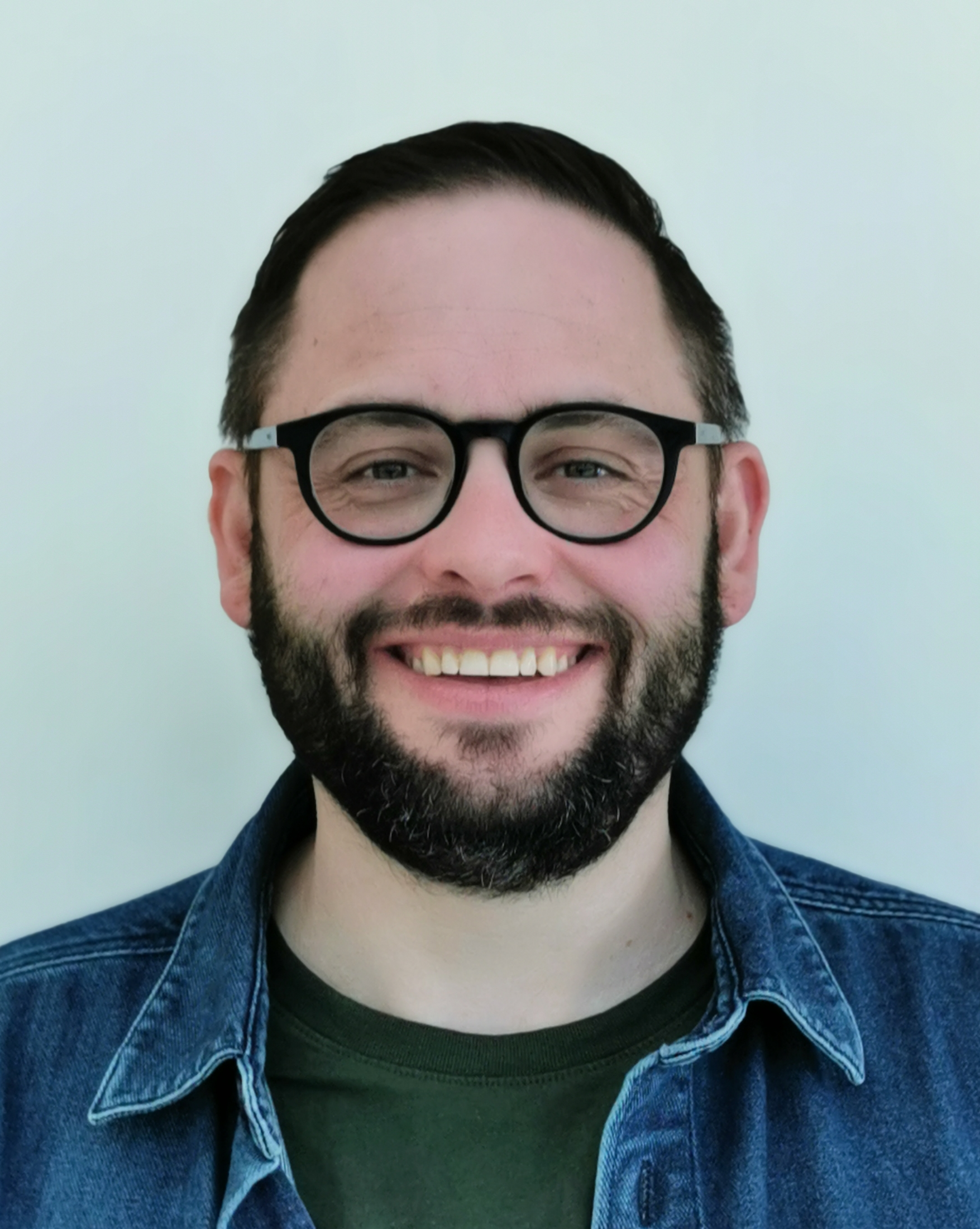Kind of Digital have a team (made up of me, Fraser Henderson and Tim Wilson) working with Lincolnshire County Council on an ERDF funded scheme to bring the latest digital technology to small businesses in rural and coastal locations. This has taken two main forms: firstly the provision of digital business support through conferences and workshops – the latest is on 12 July in Boston, on cloud computing – and secondly the establishment of the Technology Hubs.
These are physical locations, where we have budget to invest in hardware and software to make technology available to businesses, communities and individuals that they might not otherwise know existed, and probably couldn’t afford. Our first hub opened a couple of weeks ago, in the Coastal Centre – a community multi-use building in Mablethorpe, by the seaside. It’s a town that has suffered a certain amount of decline, understandable when you think that it used to be a major tourist destination for the miners from Nottinghamshire and elsewhere.
We have kitted the Coastal Centre out with a 3D printer, a 3D hand held scanner, and a laser cutter and engraver:
Already we have had people coming into to find out more about the technology. We were taken aback by one visitor, who turned up, USB stick in hand, from which he downloaded a 3D model of a part for his bicycle, printed it out on the 3D printer and then left as abruptly as he had come!
It’s clear that while some of the technology is new to many, there will be people in pretty much every community who will be itching to get their hands on the kit – and often have the zeal and desire to teach and support others. What’s more, it’s fascinating how quickly people can pick up on the potential applications of these tools.
We’re really excited about what we are doing in Mablethorpe, and will be opening new hubs soon in Boston, Louth, Lincoln and Horncastle – each with a slightly different focus. If you’d like to know more about how we made this happen, just get in touch!



